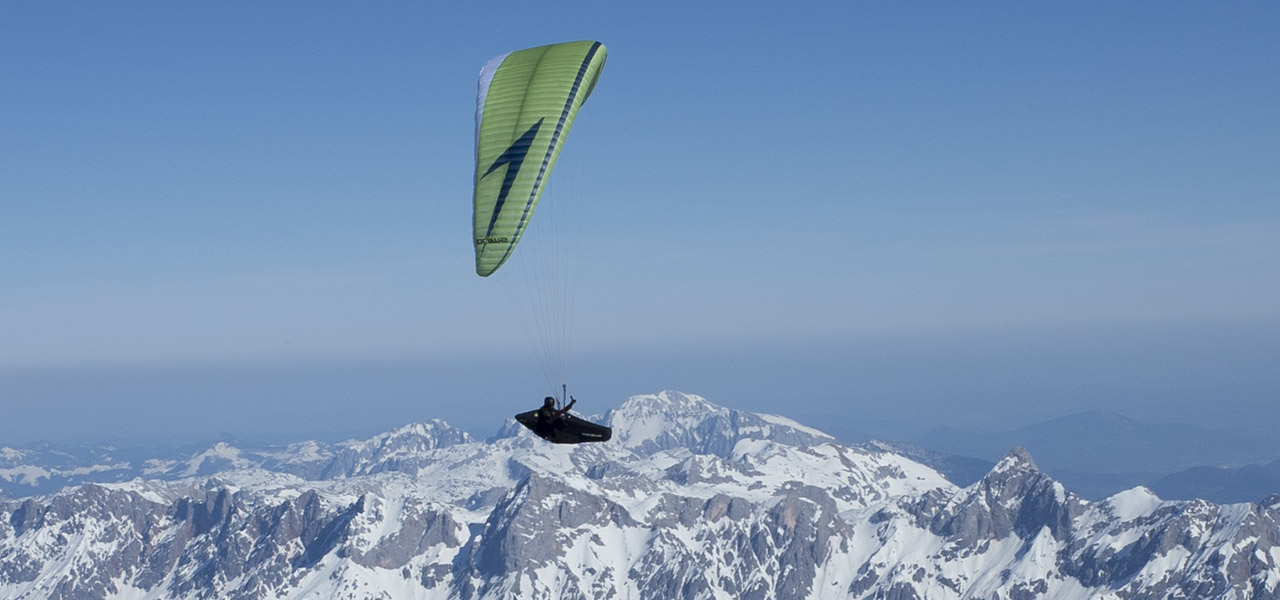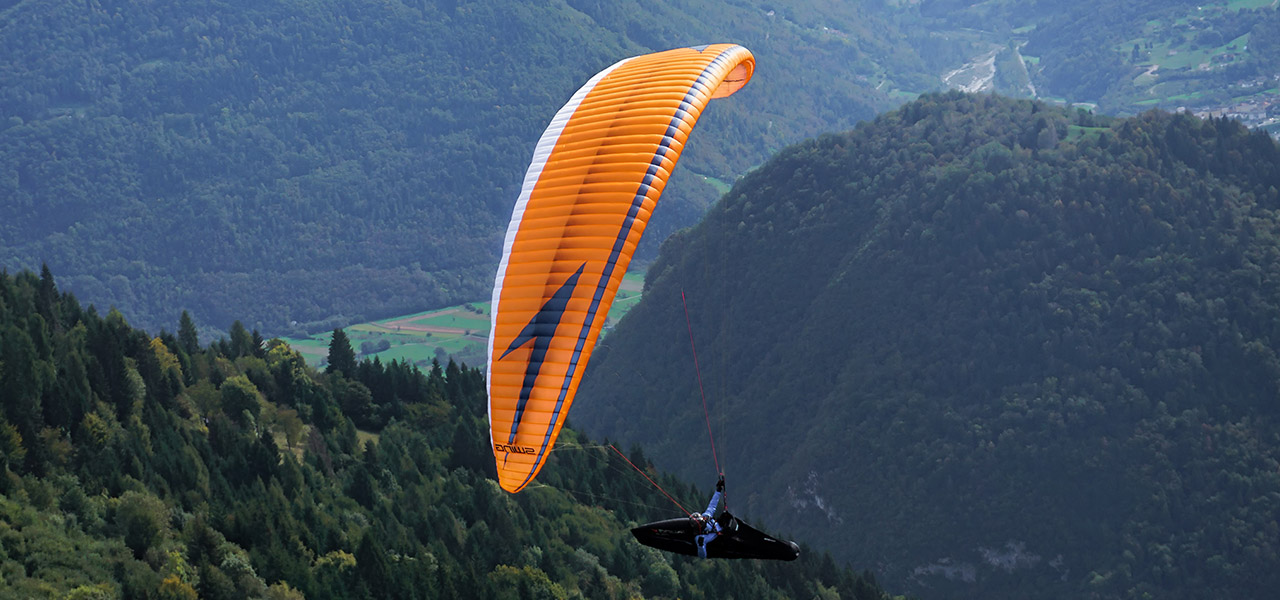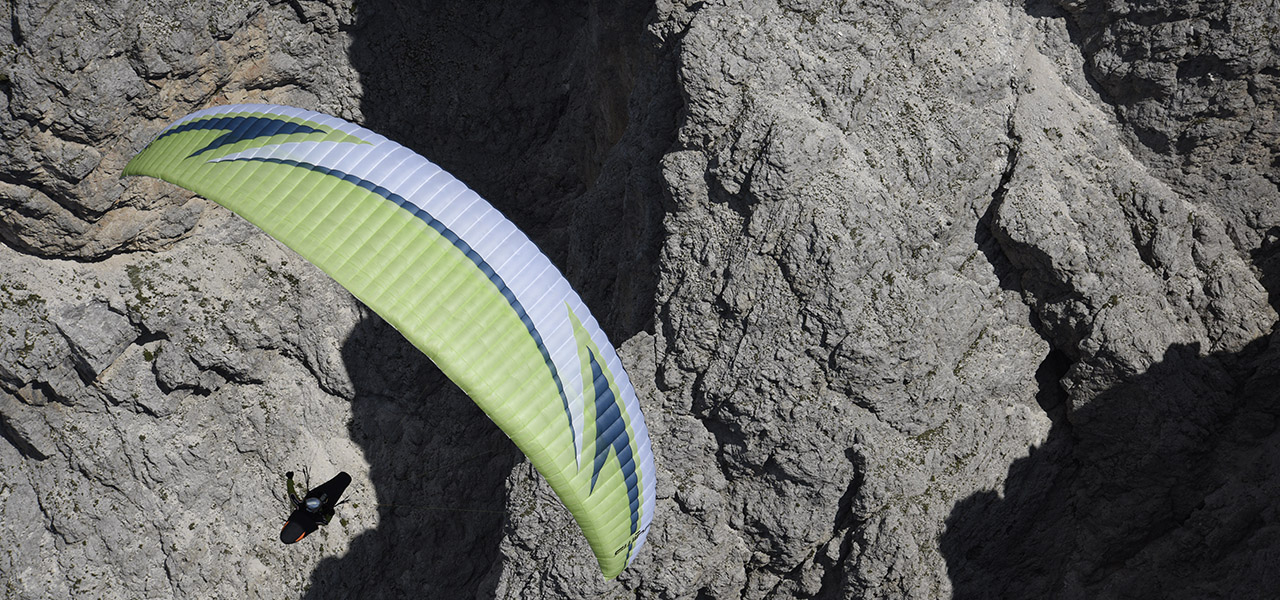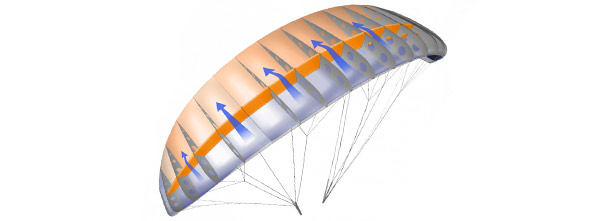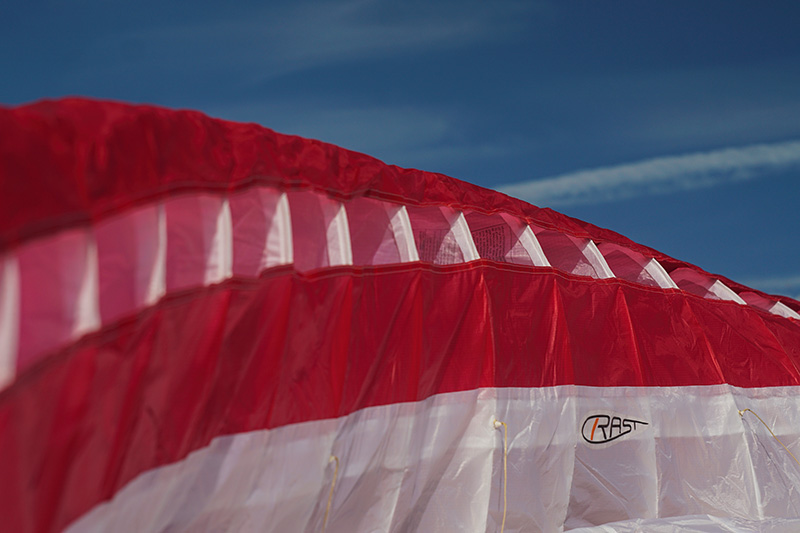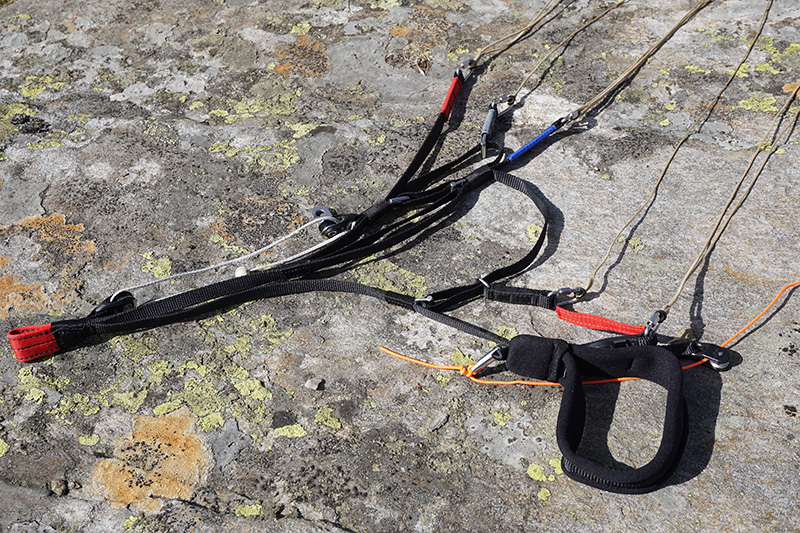AGERA RS
…performance elevated!
Outstanding performance, crisp, direct handling and high comfort across the entire speed range – that’s the AGERA RS!
By combining RAST with an uncompromising performance profile, the AGERA RS redefines the sports class and blurs the boundaries to the performance class.
How does the AGERA RS:
The AGERA RS is a high-performance wing with very direct handling paired with maximum flying comfort.
Immediately after take-off, you will notice how sensitive and extremely precise the AGERA RS is to control. Nevertheless, it is incredibly stable and reliably controllable even in strong conditions. Speaking of take-off: despite its aspect ratio, take-off is absolutely easy with the AGERA RS. Its performance claim will leave you with a grin on your face even during extended valley crossings.
The AGERA RS is an XC machine that is second to none. Razor-sharp gliding through turbulence at half or full throttle combined with perfect pitch control via the C-Bridge leave nothing to be desired for cross-country hunters. Once the next thermal is reached, the AGERA RS pulls purposefully into it and lets you circle playfully to the base. Thanks to the balanced combination of damping and feedback, you can find and center even weak beards without tiring, even after hours of cross-country hunting.
In order for the AGERA RS to develop its best performance, the weight ranges are very precisely calculated and narrowly defined and at the same time represent the range of optimum wing loading.
Who is the AGERA RS for?
Despite its simplicity at take-off and in the air, the AGERA RS is a high-end sport class wing that does not have to shy away from comparison with higher-classified gliders and places a certain demand on the pilot’s skills. We recommend the AGERA RS for ambitious cross-country pilots who already have experience with performance wings. You will also feel at home with the AGERA RS if you are moving up from the high-level B class.
As a returnee from higher classes, you will appreciate the safety buffer of the C-Class and its high performance.
Features
detail-pirctures
R & D Team Comment
“Best-of” flights with the Agera RS
Starting point: Unternberg Distance: FAI triangle – 227.87km (25.69km/h)
the flight on xcontest.org
Starting point: Unternberg Distance: FAI triangle – 199.2 km (22.5 km/h) the flight on dhv-xc.de
Starting point: Unternberg Distance: FAI triangle – 202.4 km (20.2 km/h)
Starting position: Bassano Distance: Open course – 170 km (24.4 km/h) the flight on xcontest.org
Starting position: Dubbo – Australia Distance: open course – 287.30km (50.22km/h)
the flight on XContest.org

Darknight

Energy

Lime
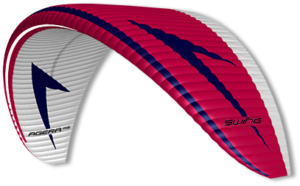
Rebel
For production reasons, we are currently unable to offer special colors for the Agera RS.
| AGERA RS | XS | S | SM | ML | L |
|---|---|---|---|---|---|
| LTF Certification | C (PDF) | C (PDF) | C (PDF) | C (PDF) | C (PDF) |
| CEN Certification | C | C | C | C | C |
| Permissible weight range (kg) Min/Max incl. Equipment |
65-82 | 78-90 | 88-100 | 98-112 | 110-125 |
| Recommended weight range (kg) Min/Max incl. Equipment |
65-80 | 78-89 | 90-100 | 100-110 | 110-125 |
| cells | 69 | 69 | 69 | 69 | 69 |
| wing area (m²) | 20,4 | 22 | 24,3 | 26,7 | 29 |
| projected wing area (m²) | 17,7 | 19,1 | 21,2 | 23,2 | 25,2 |
| wing span (m) | 11,3 | 11,8 | 12,4 | 13,0 | 13,6 |
| projected wing span (m) | 9,0 | 9,6 | 10,1 | 10,6 | 11,0 |
| aspect ratio | 6,3 | 6,3 | 6,3 | 6,3 | 6,3 |
| projected aspect ratio | 4,8 | 4,8 | 4,8 | 4,8 | 4,8 |
| glider weight (kg) | 4,6 | 4,8 | 5,0 | 5,3 | 5,7 |
| Min. sink rate (m/s) | 1,0 | 1,0 | 1,0 | 1,0 | 1,0 |
| Max. speed (km/h) ** | 55±2 | 55±2 | 55±2 | 55±2 | 55±2 |
| trim speed (km/h) ** | 40±1 | 40±1 | 40±1 | 40±1 | 40±1 |
** The performance data depend on the wing loading, the atmospheric conditions and the harness used, as well as the pilot position.
- Swing AGERA RS
- Sherpa backpack
- Protection Bag 2
- compression strap
- manual


